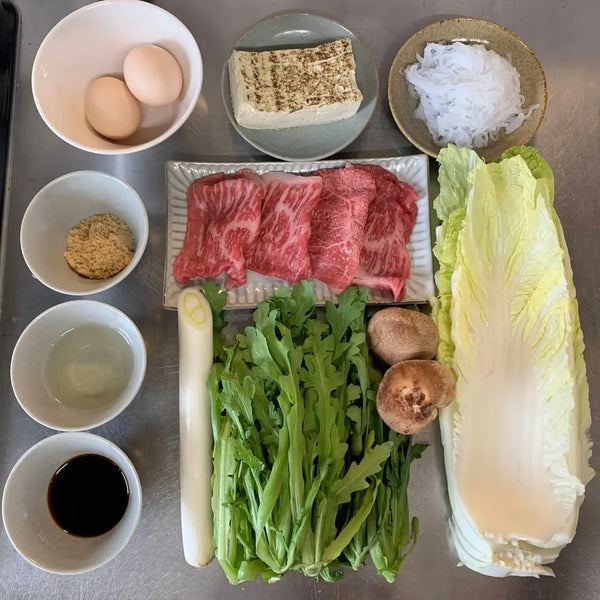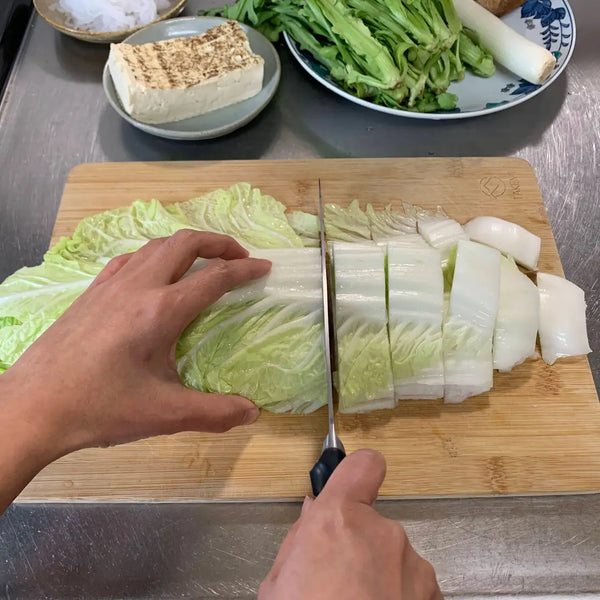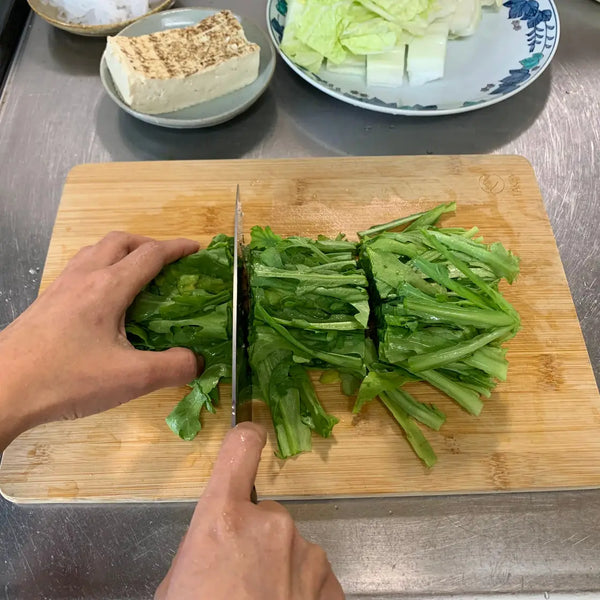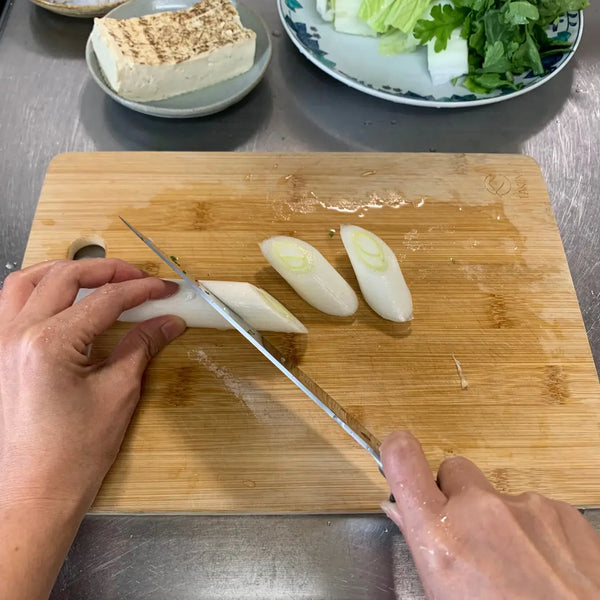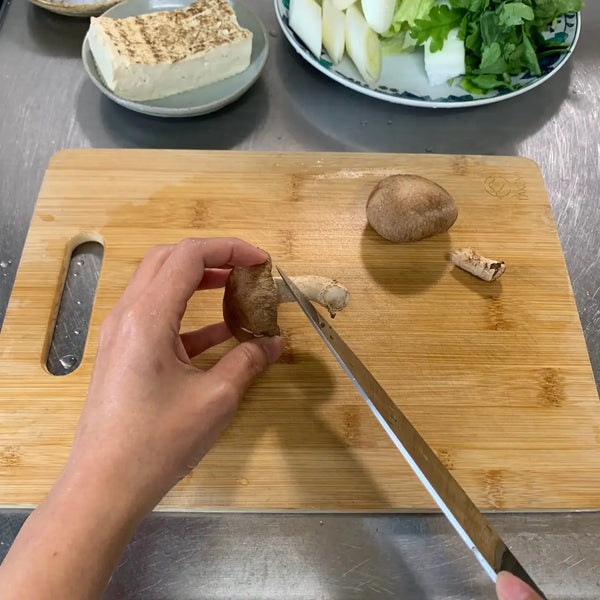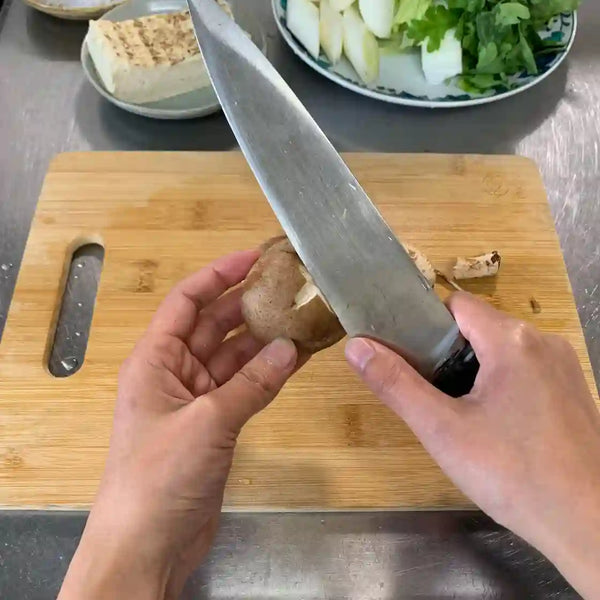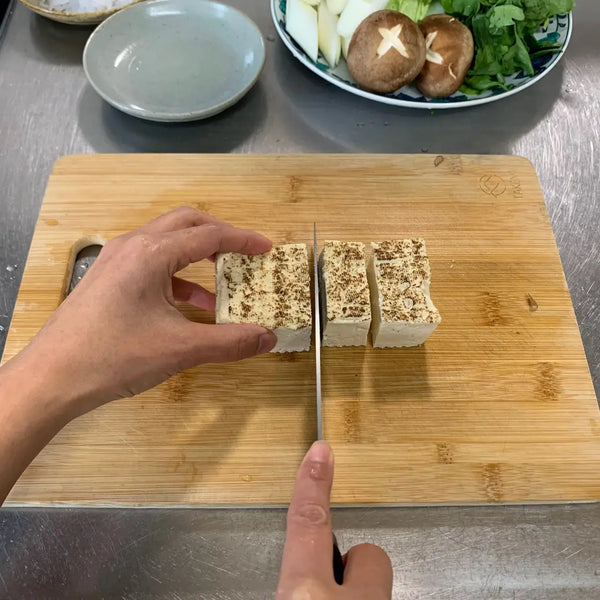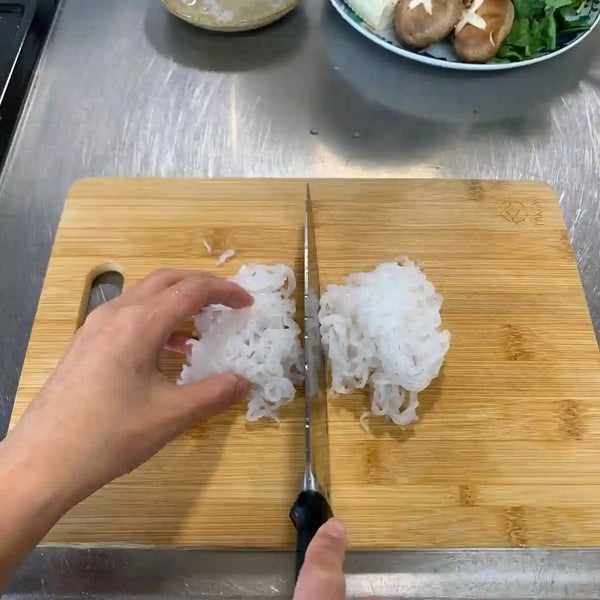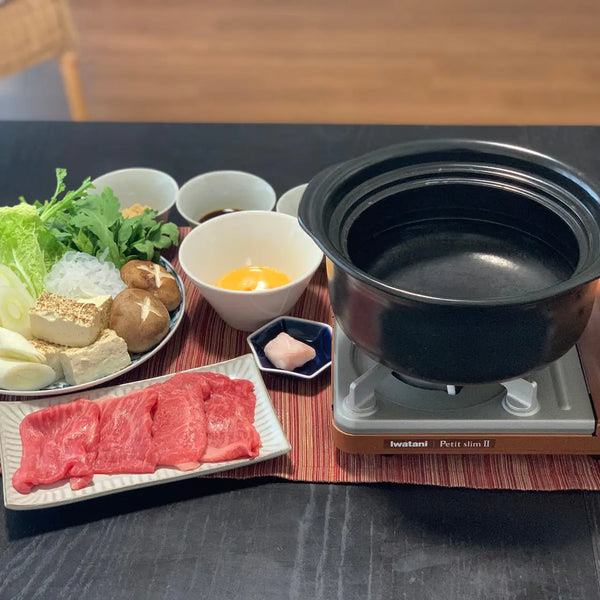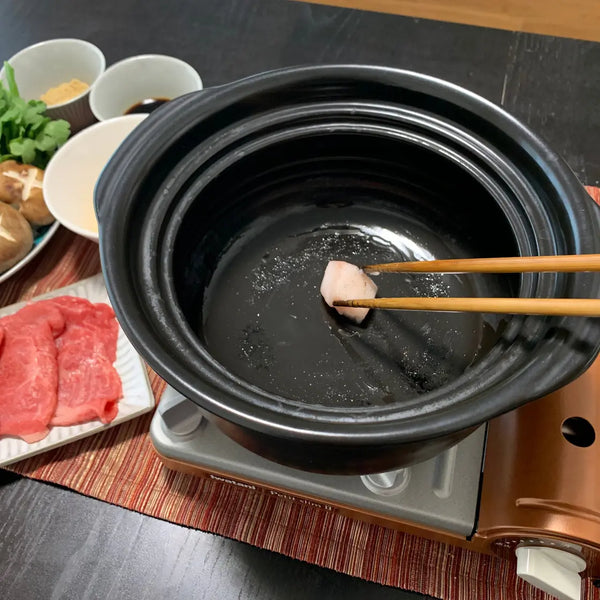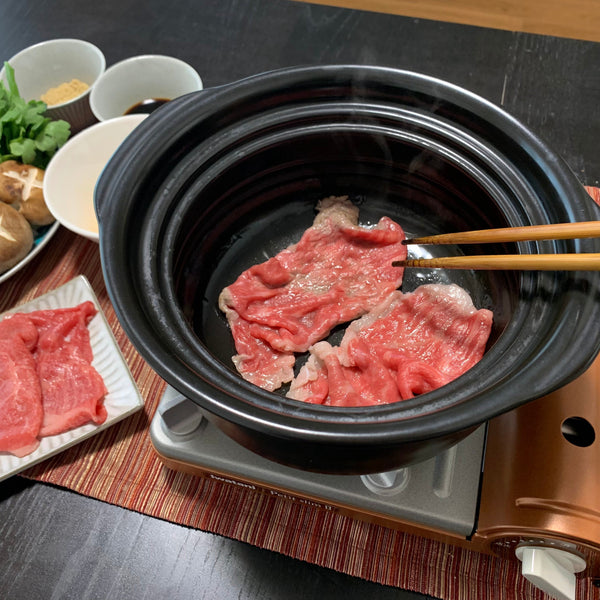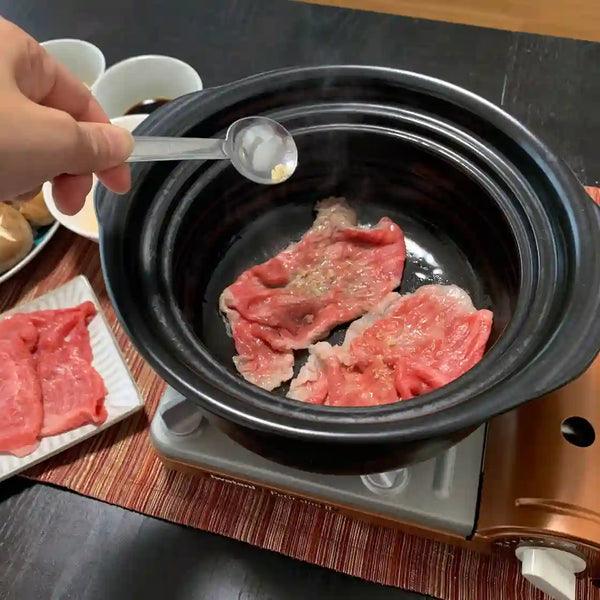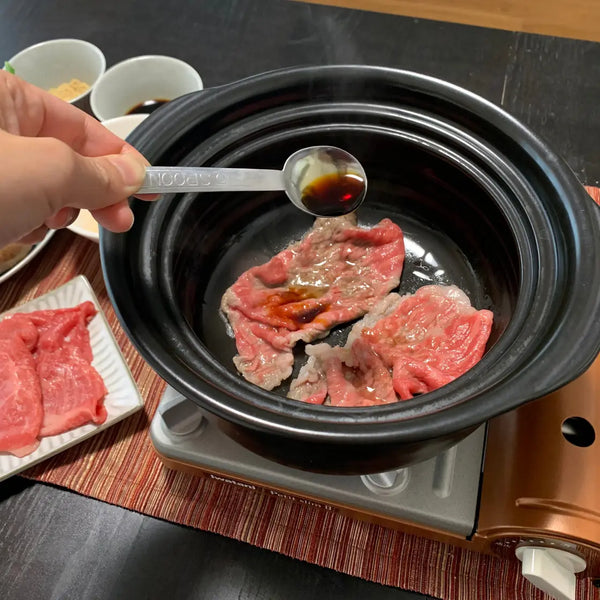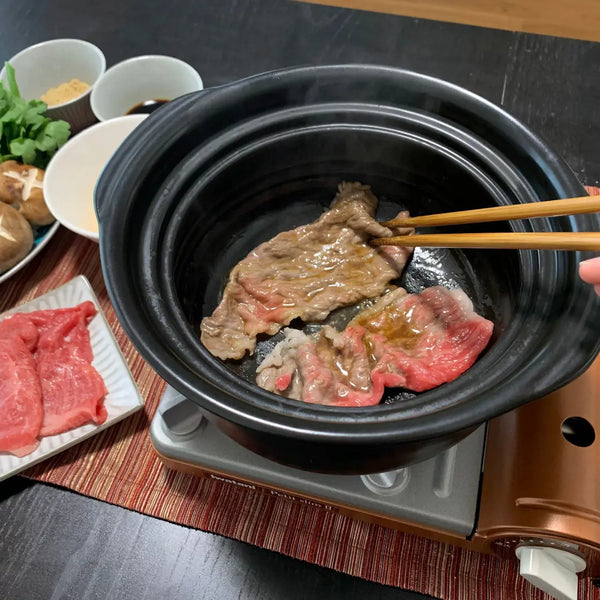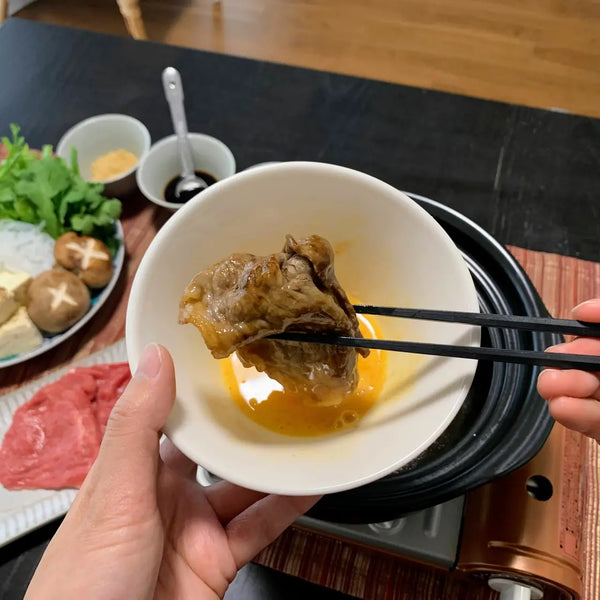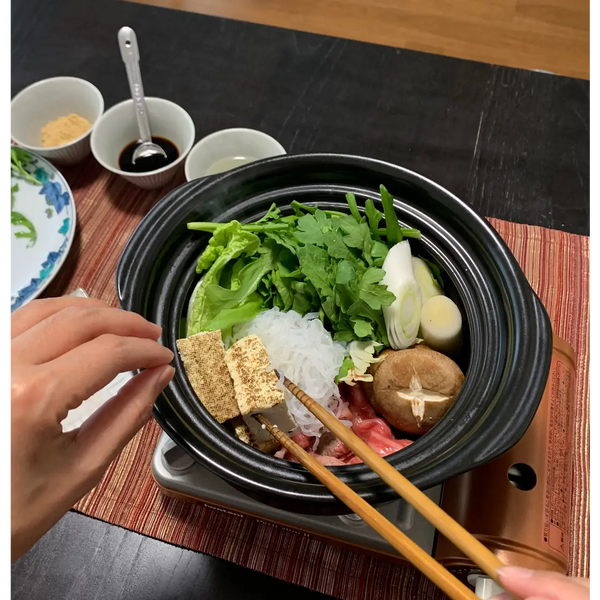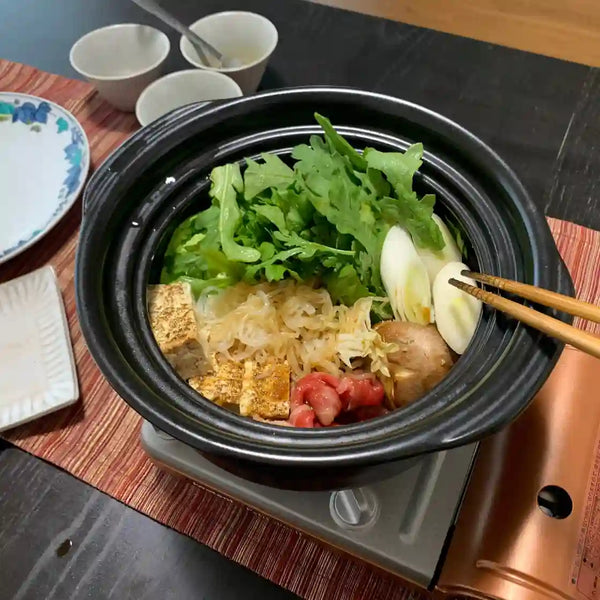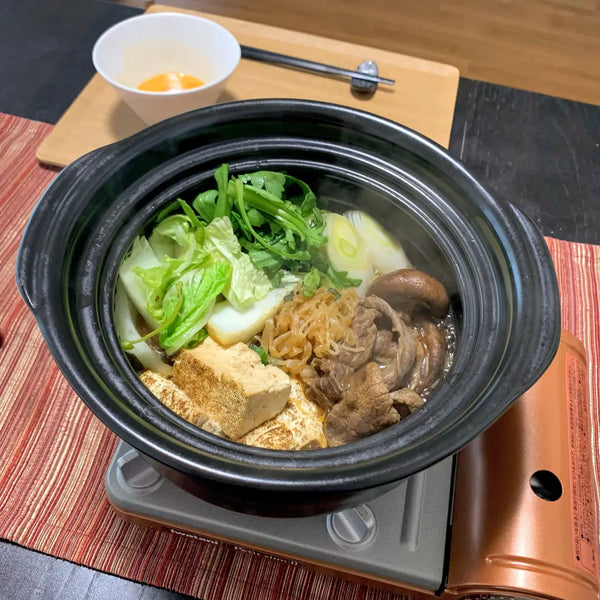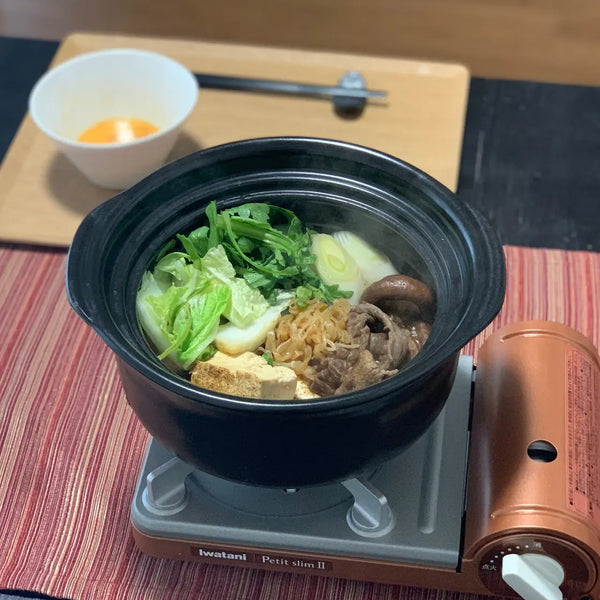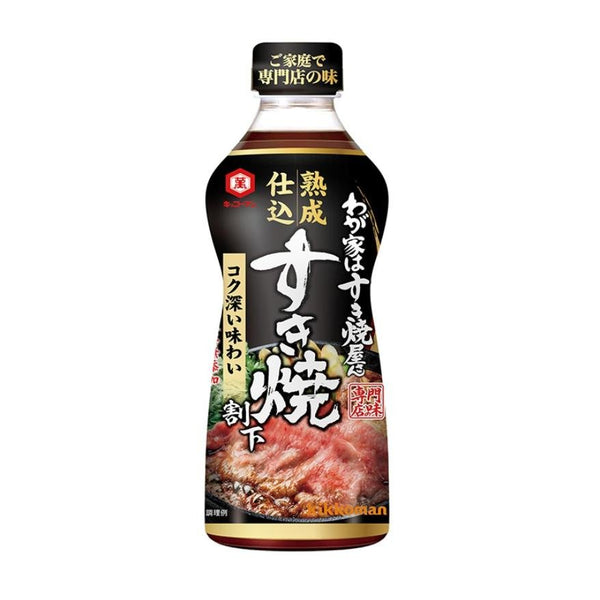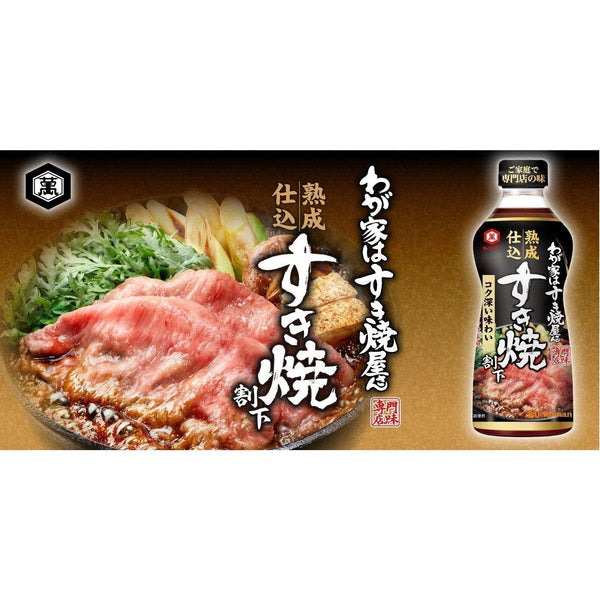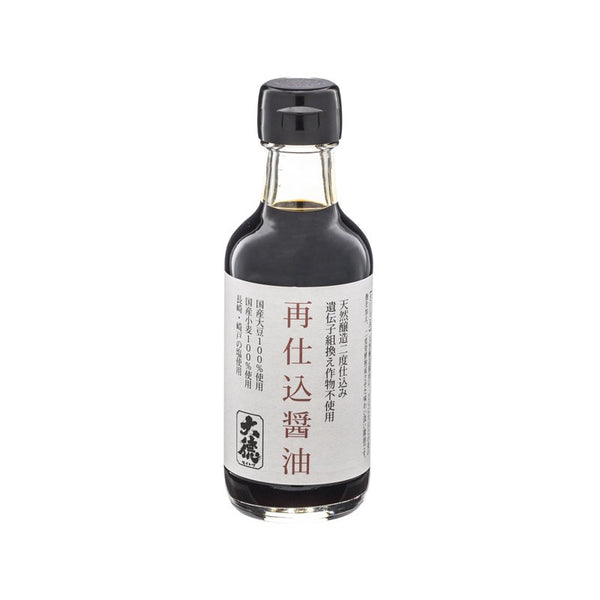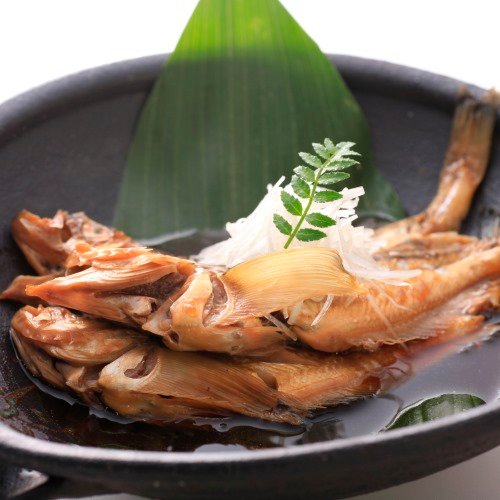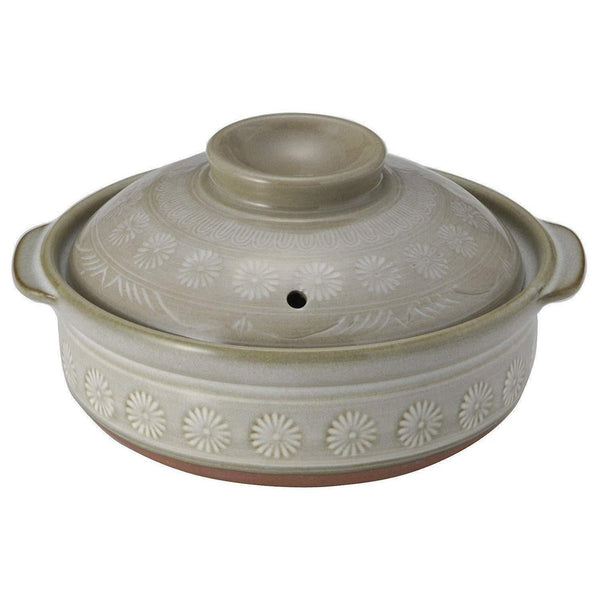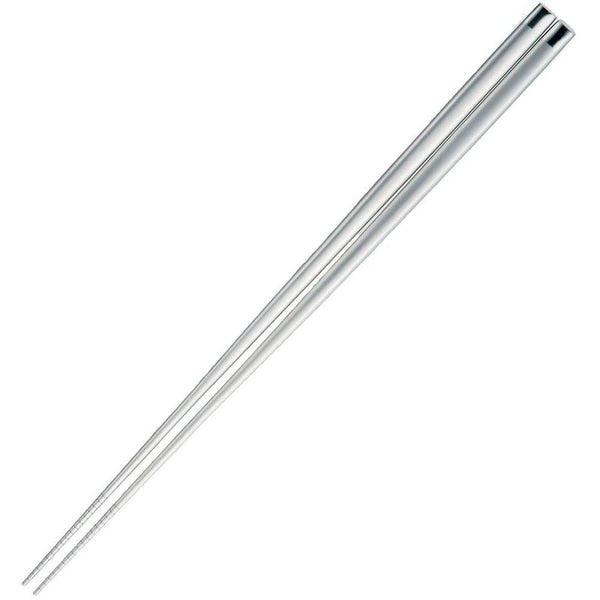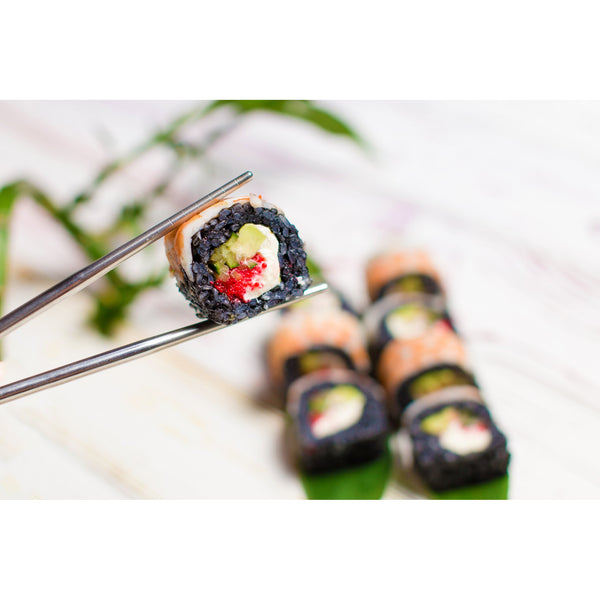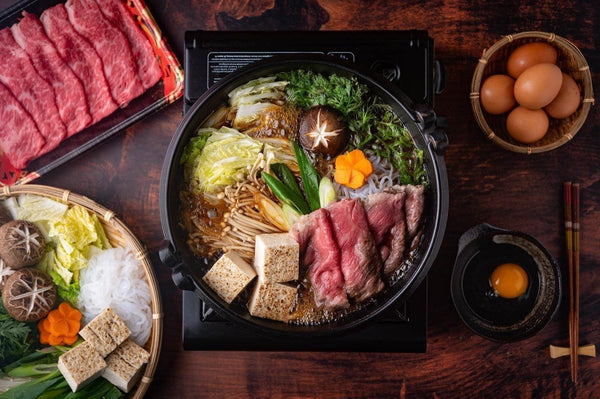
Sukiyaki is one of the most popular hotpot dishes in Japan. It consists of thinly sliced beef and vegetables grilled or simmered in a pot with seasonings such as soy sauce, sugar, mirin, and sake. Vegetables often used in sukiyaki are Japanese leek, hakusai (napa cabbage), shungiku (chrysanthemum), shiitake mushrooms, and shirataki (konnyaku noodles).
Sukiyaki actually comes from the Kansai region and was introduced during the Edo period (1603-1867). It later spread to the Kanto region, but was fused with the "beef hot pot" that was already commonly known there. That’s why there are actually two different styles of sukiyaki in Japan; Kansai and Kanto sukiyaki.
In the Kansai version of sukiyaki, the meat is first grilled, seasoned with sugar and soy sauce, and is eaten before cooking the rest of the ingredients. This step leads to a more flavorful sukiyaki. After enjoying the first few pieces of meat, the vegetables are added to the pot, along with the remaining meat and other ingredients and seasonings. The water from the vegetables and the seasonings create enough liquid for a delicious broth. All of these ingredients are cooked together and make a tasty sukiyaki.
The Kanto style of sukiyaki is a bit different. It is made by simmering the meat and vegetables all together with a sauce called warishita. Warishita contains all of the seasonings needed for sukiyaki such as sugar, soy sauce, mirin, sake. These seasonings plus dashi broth create the base for sukiyaki. The ingredients are simmered in the warishita and then the sukiyaki is ready to be enjoyed.
In Kansai sukiyaki, seasoning is done directly after the meat is cooked, so the taste is more rich. Vegetables are only an accompaniment to the meat, and the main attraction is the delicious taste of the meat with a hearty flavor. If you prefer sukiyaki with a strong taste, the Kansai style of sukiyaki is highly recommended!
In Kanto sukiyaki, on the other hand, the meat and vegetables are simmered in the warishita seasoning so the dish has a more mellow flavor.
Although sukiyaki can be eaten at home it is usually only eaten during times of celebration like birthdays or payday because beef, and specially Japanese beef, is quite expensive compared to other meats. There are also many sukiyaki-specialty restaurants in Japan where you can enjoy delicious sukiyaki made with high quality meats and vegetables.
Today, we present to you the original sukiyaki, the Kansai style! We hope you enjoy our recipe, and let us know if you try it out in the comments below.
